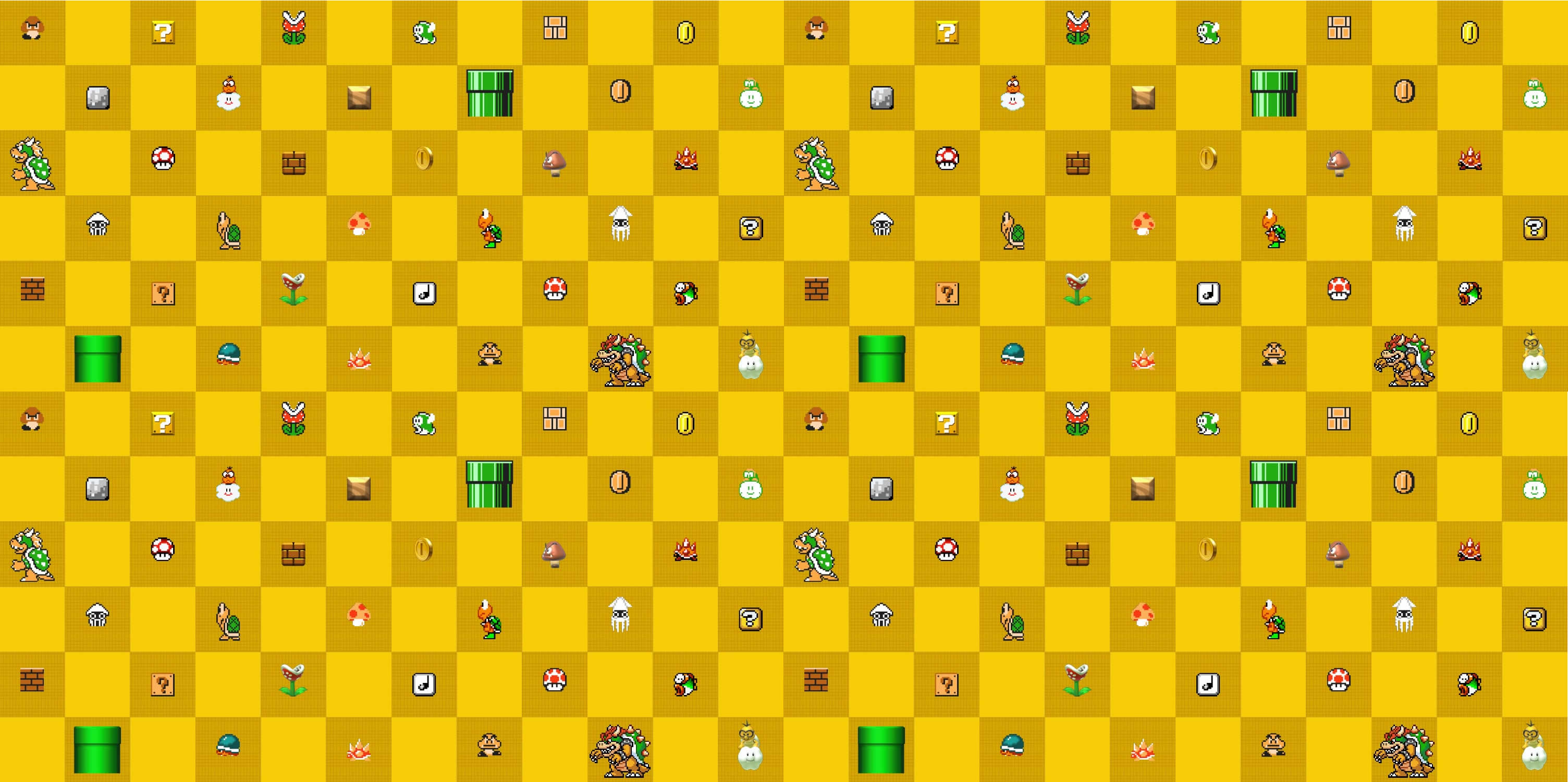
How Mario Began
Long ago, during the classic era of console gaming in the eighties, came a title called Donkey Kong (1981), and I'm sure most of you will know what that is as the Donkey Kong series of games continues to this day. The aim of this game was for 'Jump Man' to rescue his girlfriend Pauline from the evil clutches of a large monkey named Donkey Kong
At this time the little guy with the red overalls and the red cap was not a plumber, but a carpenter, a tradesman non-the less.... I was having a little play at Norske Automater and the thought randomly came across my mind... why was he called Mario? well here's why...
One of the more creative Nintendo workers later on realised that Jump Man was not too dissimilar to the owner of their offices, who was named Mario Segale - Mario Segale burst in demanding rent payments during a Nintendo meeting, and it was from that day they decided to rename "Jump Man" to "Mario".

As you can probably tell by the name Mario Segale was an Italian, which is why today our favourite Nintendo superstar has an Italian accent. The first starring game of 'Mario' where he was actually known as Mario was the sequel to Donkey Kong, known as Donkey Kong Jr.
But why a flat cap and overalls? How was this decided? Simply put this was due to the graphical capabilities of the time, Putting blocky hair on the top of this heroes head would not have gone down at all well, covering it up with a cap however would've been a much easier task. The overalls were put there to ease animation of the character, the arm colour of Mario had to differentiate from that of the overall, yet still show an arm... And that's how Mario became Mario!

Mario's Early Years (1981-1989)
We see our first signs of Mario's graphical development from Jump Man in Donkey Kong, to the more detailed sprites of Mario on the NES, which overall due to higher resolution capability gave Nintendo the capacity to enhance Mario's sprite.
Mario, aka Jump Man (1981)
These are some Sprites of Mario from Donkey Kong on the NES.
![]()
Sprites from Donkey Kong (1981)
Mario Bros (1983)
This was an arcade style game, you could either play 1v1 battle mode vs. your brother Luigi. Or you could play on a multi-height level, with 2 pipes at the top, where a unlimited amount of turtles and other assorted enemies would descend upon you, the aim was to get the highest score (by killing more and more enemies). This was the first game in which Mario was a Plumber and saw the introduction of his brother, Luigi.
2 years after Mario Bros came Super Mario Bros which was the first visit to the Mushroom Kingdom, where Mario had gone to rescue a princess in distress, who had been kidnapped by Bowser
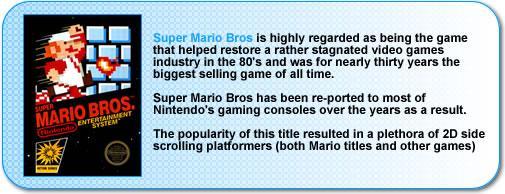
![]()
Sprites from Super Mario Bros (1985)
Super Mario Land (1989)
Although Super Mario Land was released later than Super Mario Bros. 2, the sprites for the Gameboy games always seemed to be a generation behind those of the consoles, the sprites of Mario weren't too dissimilar to that of Mario's sprites from Donkey Kong (1981) and Mario Bros (1983) in the sense that his eyes were 1 pixel in size, and due to technical limitations of the time he also had very sharp features such as his pointy nose and cap.
![]()
Sprites from Super Mario Land (1989)
Mario's darkest hours
In the early days as well as being released on Nintendo platforms, Mario was also ported to other systems such as the Atari, the Commodore 64 and more. Most of these systems representations of Mario were more often than not unholy abominations except maybe the Colecovisions (third from left) which wasn't too bad.

Mario outside his Nintendo based home on the following systems left to right respectively: Atari 800 (DK + Mario Bros), Colecovision, Intellivision, Commodore 64, Atari 2600.
You'd have thought the Atari 2600 would've advanced from the Atari 800, but apparently due to the stress of being ported onto an Atari platform again Mario developed a colossal gut and started wearing pink pregnancy dresses... I bet he thanks the heavens he doesn't get ported out anymore!!
Mario evolved (1988-1994)
Mario's sprites have become rounder, and less sharp - Mario looks friendlier, and due to becoming complacent after defeating so many enemies in his previous games, seems to have piled on the pounds...
Super Mario Bros 2 (1988)
This was not originally a Mario game, it was once called Doki Doki Panic, all Nintendo did was simply replace the four players from Doki Doki Panic and insert the Super Mario Bros and their buddies Toad and Princess as playable characters.. Simple as that, this was the only game to feature Wart as the main boss. Mario uses vegetables and potions to defeat his foes in this game as opposed to the classic mushrooms and fire-flowers etc. You had the option to play as Princess Toadstool, Toad and Luigi too.

Sprites of our new, rounder Mario from Super Mario Bros. 2 (1988)
Super Mario Bros 3 (1989)
Another of the Princess Toadstool rescuing platformers, this one however outsold any platform game in the world, even Super Mario World (Which imo is better). You play Mario (or Mario & Luigi in 2 player) trying to track down Bowser, you must also return the Wands of Power that control each lands to there Kings by defeating the Koopa Kids.

Another rounder-rendition of Mario from Super Mario Bros 3 (1989)
Mario gains Super Power (1991-1993)
With the release of the SNES, a significantly more powerful platform than the NES in all respects, Mario's creators could finally make the colourful, more detailed sprites that we all know and love today.
The sprites were made in significantly more detail and able to utilize a much greater colour pallet. Re-releases of SMB1,2,3 were bought out with remastered graphics and sound under the compilation "Super Mario Allstars" - the re-release of these titles with better graphics thanks to the more powerful platform would lead to a peak of Mario popularity - a fine hour indeed.
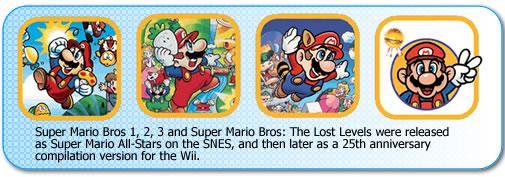
Super Mario World (1991)
The first Mario game & the launch title for the Super Nintendo saw another kidnap of poor old Princess Toadstool, This adventure however is not set in the Mushroom Kingdom, Mario is in Dinosaur Land taking a hard earned vacation after the events of Super Mario Bros. 3. Dinosaur Land consists of several playable zones including Yoshi's Island, Donut Plains, The Bridge areas, Vanilla Dome, Star Land, The Forest of Illusion, Chocolate Island, a Sunken Ship, and finally the Valley of Bowser and featured a scrollable World Map.

Harnessing the power of the 16-bit revolution Nintendo were finally able to combine the new rounded Mario with many different colours and much more detail. Sprites from Super Mario World (1991)
Super Mario Kart (1992)
This was the first ever Super Mario racing game, it was released on the Super Nintendo and featured three different cups (Mushroom, Flower and Star, you could also unlock a fourth, called Special Cup), three different racing speeds (50cc, 100cc, 150cc) and three different modes (Battle, Grand Prix or Time Trial). The available characters in this title were: Donkey Kong Jr, Bowser, Mario, Toad, Luigi, Princess, Yoshi and Koopa Troopa. Yet again the sprites of Mario in his Kart had come on leaps and bounds from their pre-90's predecessors.

A year later in Super Mario Kart Mario takes on a non-side scrolling roll, and we start to see Mario from different views other than the side. Sprites from Super Mario Kart.
The next dimension (1996-2004) - breaking the flat 2D mould
In 1996 Nintendo strayed from the beaten track, Mario - who everyone knew and loved as our 2D hero gained a dimension and took his first look into "2.25D" (the best way I can describe no longer seeing Mario as flat and from the side, but they tried to show a little more shape, I'm fairly sure this didn't qualify as 3D in the way that Super Mario 64 does though) renders over sprites - beginning with Super Mario RPG: Legend of the Seven Stars (SNES) and followed closely by Wrecking Crew (SNES) in 1998 and later Mario & Luigi: Superstar Saga (GBA) and finally Mario vs. Donkey Kong in 2004 (GBA).
A look at the 3D Mario titles and how Mario's 3D character developed from 1996 to 2013 by Adam Wright of Wrights Productions.
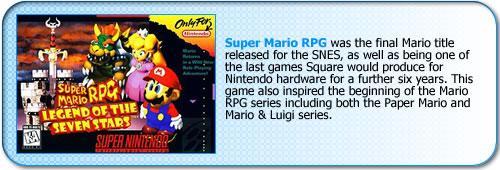
Super Mario RPG (1996)
Not only did Mario seem to lose a little weight for this title, but he also gained another dimension, breaking away from the typical 2D Mario Side-Scroller, Nintendo, partnered with SquareSoft, made a whole host of new characters, a whole lot of new sprites, and the biggest Mario storyline yet, in the first of the Mario RPG Games. This game was never released in Europe.

A more detailed and arguably a further evolution of Mario. Some would argue that the pre-rendered anti aliased Mario we would see this generation had lost a little of Mario's charm due to the severity of the changes from how we were used to seeing him previously. Sprites from Super Mario RPG: Legend of the Seven Stars
The next dimension (1996-2004) continued - Mario gets a new look in the third dimension.

Super Mario 64 debuted in 1996 for the Nintendo 64, propelling the world’s favorite plumber back into the limelight. This time he had to battle the nefarious Bowser across all manner of landscapes as Bowser once again kidnapped Princess Peach. This time he imprisons Peach and the denizens of her castle in over one hundred star worlds that Mario must fight through to free them. With each person saved, Mario unlocks new worlds and areas where he can receive hints, power-ups, and the appreciation of those he rescues. Aside from the fact that this game showed that Mario games were feasible on modern systems, it also introduced an entirely original world that would serve as a template for future Mario fames. While it was a departure from the roots of the game, it still ended with the appreciation of Princess Peach.
The Next Evolution Of Mario
Super Mario Sunshine was the next major Mario game to be released, but this time it was on the Gamecube. Although the unique controller for the system put some people off initially, the originality eventually drew people to this installation in droves. The premise of Super Mario Sunshine was that Shadow Mario, our hero’s doppelganger, was polluting the beautiful island of Isla Delfino, a paradise where the Mario gang happens to be taking their vacation. After Mario is arrested and charged with the crimes of Shadow Mario, it is up to him to use the FLUDD technology in order to clean the island. The added feature of the FLUDD and its ability to propel Mario, act as a offensive tool, and promote a sense of pride in cleaning up the island are the most memorable aspects of this game. Eventually, Mario encounters his slimy adversary who is revealed to be none other than Bowser Jr. After a long battle with the father and son Bowser duo, Mario finally gains a respite from the town, and continues his vacation with his family and friends.
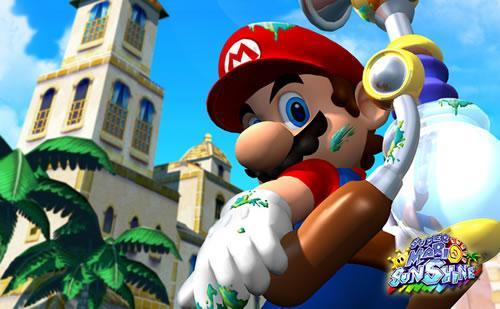
Modern Incarnations Of Mario
The period of time between 2006 to the present day has been filled with a variety of brand new Mario games. In New Super Mario Bros, Bowser Jr. returns again to kidnap Peach and lead Mario on a quest through eight worlds in the Mushroom Kingdom. This game was an incredible homage to the Super Nintendo version of Mario, blending old and new styles to produce a great title in its own right.
One of the most notable games that have been released in this period was Super Mario Galaxy, which took many gamers by surprise for its bold new direction. Bowser returns once again and launches the Mushroom Castle into space, and out of Mario’s reach. In order to reach her again, Mario must travel throughout galaxies to obtain Power Stars so that he can power an observatory to get to Princess Peach.
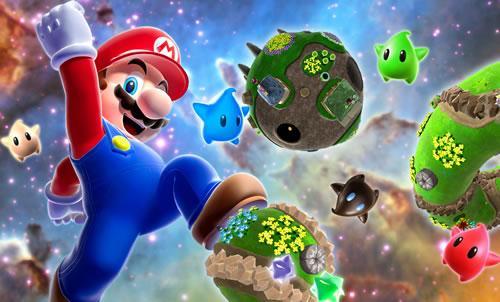
The gameplay was remarkably similar to that of Super Mario Sunshine, but had an incredible wealth of new puzzles and abilities for Mario to collect. While it was not received well by some reviewers, dedicated Mario players laud this game for its fresh take on the franchise. A sequel was made to this game, Super Mario Galaxy 2, and utilized many of the same aspects as the first, but improved some of the detractors from the first. Again, Bowser returns but uses the Power Stars to make himself into a giant, and then flees to the center of the universe with Princess Peach. Mario finds a spaceship and powers it with the same Power Stars, and is able to defeat Bowser Sr. and Bowser Jr. and save the princess again.
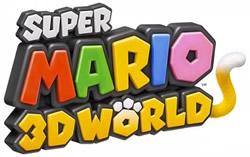
One of the latest entries into the Mario franchise, and the future of evolutions of Mario, was Super Mario 3D World, which was released in 2013. The plot revolves around the gang finding a fairy creature, called a Sprixie, which is quickly captured by Bowser. The characters follow him and find themselves in a whole new world: the Sprixie Kingdom. Here they must track down the Sprixies and figure out why Bowser is trying to gather them. The graphics are vastly improved over the previous entries into the Mario Franchise, and the playability and music have been roundly praised by all reviewers. Overall, this is one of the best entries into the series since Super Mario Sunshine because it is original but holds true to its roots. With this latest success, the Mario franchise has shown its ability to make it in the modern gaming culture, where it will hopefully remain for some time.

